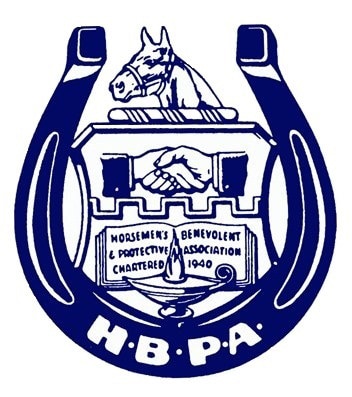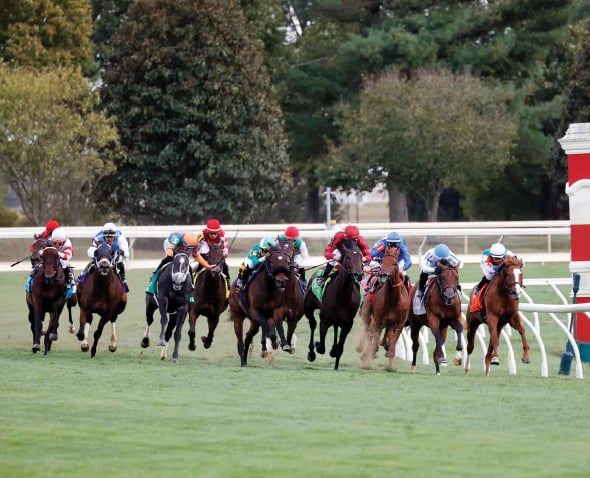RCI Has New Take on Out-of-Competition Tests
Blood-Horse
The umbrella group for regulators in North America is examining a new approach to out-of-competition testing that would not only target blood-doping and gene-doping, but also help identify horses at risk of catastrophic injury.
Out-of-competition testing, on the books in eight states, has different rules depending on the jurisdiction but was enacted generally to test horses while they’re in training either at the track or at training centers and farms. Ed Martin, president of the Association of Racing Commissioners International, said Feb. 6 it can serve another useful purpose.
Martin was one of several speakers on an out-of-competition testing panel during the National Horsemen’s Benevolent and Protective Association winter convention in Carefree, Ariz.
Martin offered several scenarios that could occur in the business: Some owners may pressure a trainer to race a horse that shouldn’t be entered; some veterinarians may pressure a trainer to enter and race a horse; and some vets may “enable” a horse to race when it should be on the sidelines.
“That’s our soft underbelly, and that’s what will kill the sport,” Martin said. “There are too many breakdowns. Everyone needs to do a better job identifying the at-risk horse. We think we need to do a better job by looking at random or targeted out-of-competition testing, and also have vet records reviewed.”
Martin said the concept “is early in formation” but could entail registration of racehorses with regulators; expanded rules to govern horses in training; targeted testing to maximize limited resources; and have a structure that wouldn’t infringe upon state veterinary boards.
The program would include dialogue among regulatory vets, attending vets, owners, and trainers, as well as expanded use of racetrack vet’s lists and follow-up monitoring.
“The regulatory mechanism to exclude a horse from racing is the vet’s list,” Martin said.
Peter Sacopulos, an Indiana attorney who specializes in equine matters, pointed out different language in various state regulations on out-of-competition testing. He said in New York, there were amendments to the regulation to add permission to test for “drug cocktails” and cobalt, a naturally-occurring substance that is said to have blood-doping qualities at high doses.
Other states are considering updates as well, Sacopulos said.
“I also think you’ll see them make (agreeing to out-of-competition testing) part of the licensing process, and make (agreement to be subject to testing) part of the conditions of a race,” he said.
Dr. Clara Fenger, a Central Kentucky-based equine practitioner and secretary of the North American Association of Racetrack Veterinarians, said the group wants to ensure out-of-competition testing isn’t expanded to include therapeutic substances and thus impede the medical treatment of racehorses.
“The entire point of the testing is to identify cheaters and have a level playing field, not unfairly penalize people not cheating,” Fenger said. “We don’t want to go beyond the lines of what is unfairly affecting the performance of a horse during a race. World Anti-Doping Agency rules do not apply to horse racing. Out-of-competition testing should be applied under limited circumstances for limited substances.”
She noted, for instance, that though anabolic steroids are and should be banned for racing purposes, there are therapeutic uses for some of them that may need to be administered when a horse is out of competition.
Phil Combest, president of the Florida HBPA, said he supports out-of-competition testing, but believes implementation could be complicated in some jurisdictions. He said the National HBPA, when the first model rules were written about eight years ago, wanted to ensure the language was strict and direct about the purpose of the tests, but a few states adopted their own rules.
“First of all, who is going to pay for it?” Combest said. “It can be a very expensive process. It could be a huge amount of money for owners and trainers we’re trying to keep from driving out of the game. I’m just wondering if we’re jumping the gun on this and need a better a way to set it up (before moving forward).”
Martin cited figures that show the horse racing industry in 2013 performed 1,601 out-of-competition tests that produced 15 “adverse findings,” or less than 1% of the total samples.





